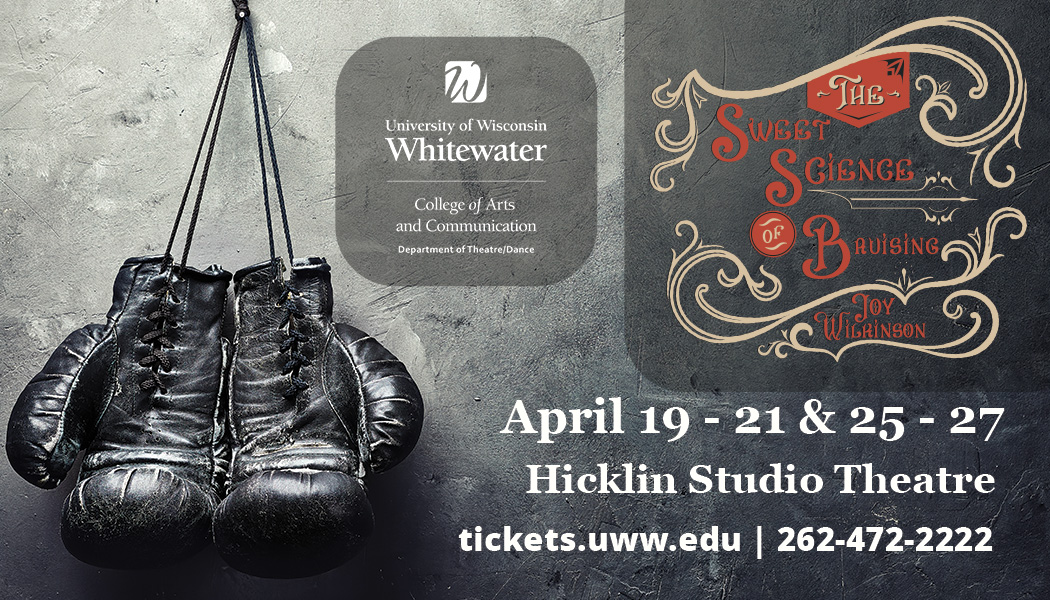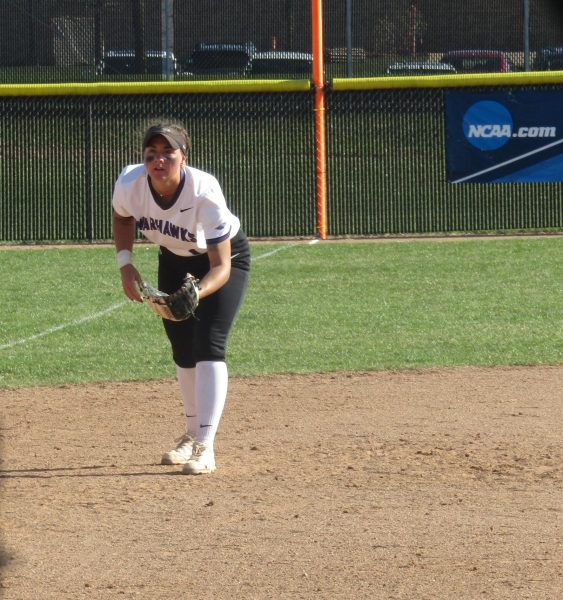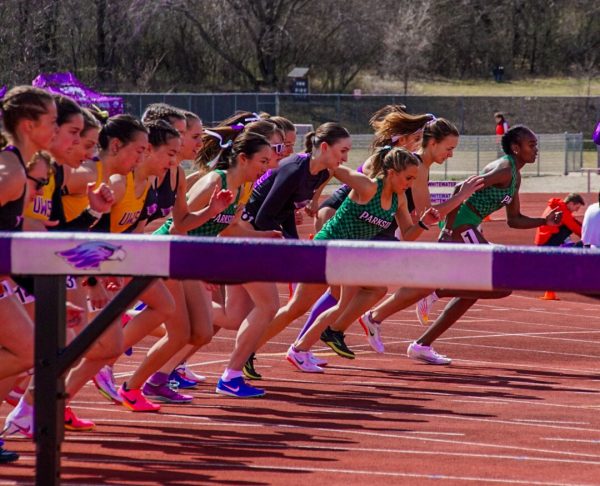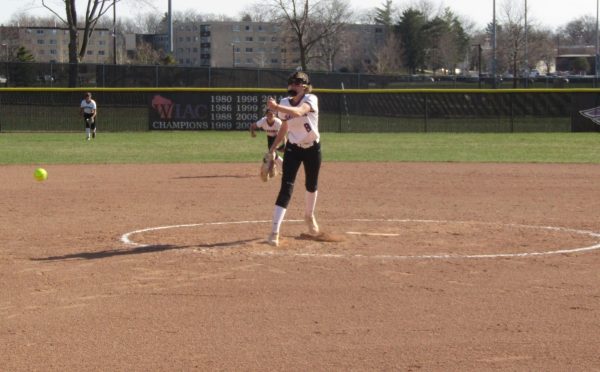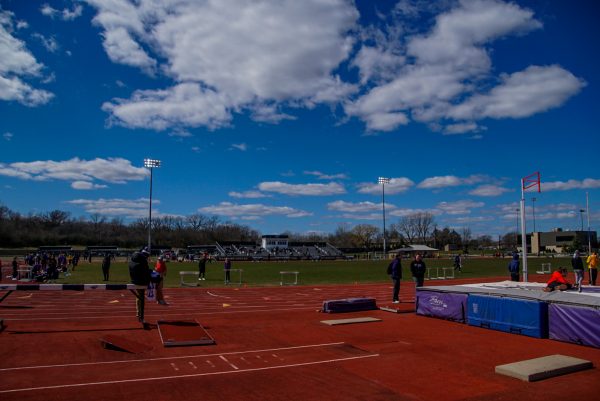Cold temperatures could cause auto trouble for locals
February 25, 2019
The polar vortex is over, and the snow is melting. This is good news, except for the fact that the snow freezes overnight, a process that turns everyone into the worst Olympic ice skaters. Seeing someone slip and fall can be amusing, but seeing a car slip and crash is no joke.
As a UW-Whitewater student, paying for the car and insurance on top of tuition and fees is expensive enough. Adding accident repairs and hopefully not hospital bills is going to be the worst thing you could do.
“Most mistakes during this time are the tires,” said Fabian Lopez from Five Star Lopez Auto Service in downtown Whitewater. “People don’t change tire rods or check suspensions.”
Lopez showed a car from a customer that had its tire popped out of the car.
“Like with this car, when we did an oil change, we said that the tire rods would need to be replaced, but the customer opted out of it. Now, instead of spending $60 or $70 for a new tire rod he is spending $500 or $600 on damage repairs,” said Lopez.
Spending $500 or $600 is on the low end of repairs. Some can cost up to $6,000 or $7,000 worth of damage. Spending that much is like spending another semester at Whitewater.
Lopez recommends a checkup before every winter to make sure the tread in tires, suspensions and the tire rods are safe for harsh conditions. If you hear a strange sound when starting up or driving a car, or if you slide more easily, even in bad conditions, be sure to take it in. It is better to spend some on a checkup and have nothing wrong rather than spending money on damages to you and your vehicle.
Some of the leading causes of accidents are aggressive braking, so even if your first reaction to a slight drift is to slam the brakes, do not. It could send you into a ditch. The normal following time is 3 to 4 seconds. If you are following a car and you pass the same lamppost in less than 3 seconds you are too close. During winter you should up that time to 5 or 6 seconds.
The hubris of a driver is also a cause. Some people have confidence in their driving skills, and if the conditions are perfect this is usually fine, but if you are driving with confidence instead of caution you may end up hurt.
An early mistake when driving is underestimating the snow and overestimating your car. When driving in slick roads normal experiences do not apply.
Just because you made that turn that way in the summer does not mean that you can when the ground is covered in snow or ice. You might need to take a slower, sharper controlled turn because the snow will make the turn wider than it normally would.
If you do not need to drive, don’t.










